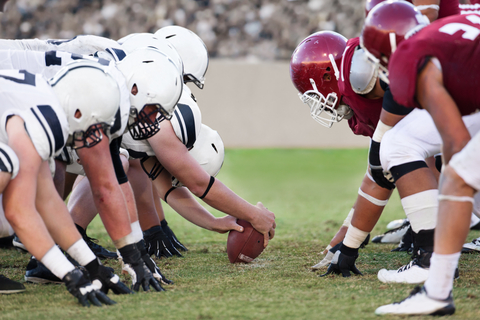Clinical understanding about football-based concussion may take an important stride forward with the help of a chip-loaded mouthguard manufactured by Kirkland, Wash-based i1 Biometrics. The company, which developed the Vector MouthGuard with ESP Chip Technology, recently signed an agreement under which members of the Texas A&M University football team will wear the Vector MouthGuards this spring to measure the brain’s linear and rotational accelerations from impacts experienced in practices and games.
A media release from i1 Biometrics notes that Harvard University and Boston University researchers found NCAA football players have six suspected concussions and 21 “dings” for every diagnosed concussion. The release states that several NCAA Division-I football teams are leveraging the Vector MouthGuard from i1 Biometrics as a way to accurately and consistently collect a detailed amount of individual data about head impacts sustained during practices and games.
Texas A&M reportedly is the latest major NCAA football program to adopt the Vector MouthGuard and the Impact Intelligence System from i1 Biometrics. Louisiana State University wore the sensing devices in 2014 and the University of Kansas and the University of South Carolina announced earlier this month that Jayhawk and Gamecock players will wear the high tech mouthguards in 2015.
“The Texas A&M University Athletic Department is highly committed in the management of sports concussions,” said David Weir, Athletic Trainer at Texas A&M. “This technology allows us to better monitor impacts, force, and location of those impacts in our football players.”
The Vector MouthGuard reportedly uses an algorithm to measure, translate, and transfer data to a handheld, mobile device used by trainers on the sidelines. The data can show the magnitude, location, and direction of the impact, which can assist the athletic training staff with not only real-time awareness of forces for further medical evaluation of players, but also for post-event understanding of how those forces affect individual athletes over time.
[Source: i1 Biometrics]


